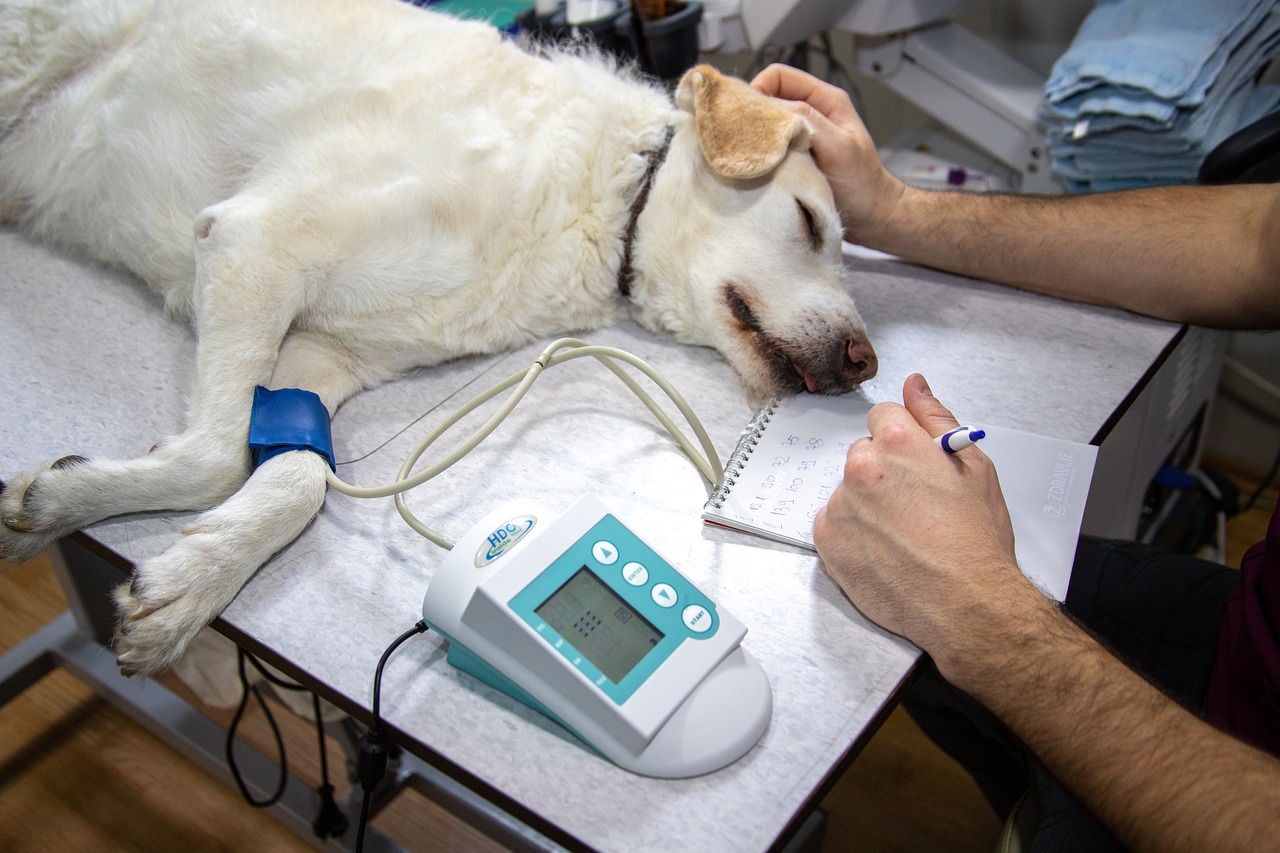What is Xylitol?
Xylitol is a sugar alcohol commonly used as a sweetener in sugar-free products, including gum, candy, baked goods, peanut butter, and oral care items like toothpaste and mouthwash. While harmless to humans, xylitol can be extremely toxic to dogs, leading to severe health complications and even death if ingested.
Why is Xylitol Dangerous for Dogs?
Unlike humans, a dog’s pancreas confuses xylitol with sugar, triggering the release of insulin. This rapid insulin spike causes a sudden drop in blood sugar levels (hypoglycemia), which can lead to symptoms like weakness, vomiting, seizures, and, in severe cases, liver failure.
Symptoms of Xylitol Poisoning in Dogs
If a dog ingests xylitol, symptoms may appear within 10-60 minutes. Common signs include:
- Vomiting
- Loss of coordination (ataxia)
- Weakness or lethargy
- Seizures
- Tremors
- Collapse
- Coma
In severe cases, xylitol poisoning can lead to liver damage, resulting in jaundice, blood clotting disorders, and internal bleeding.
Common Household Products Containing Xylitol
Xylitol is often found in products that many pet owners may not suspect, including:
- Sugar-free gum and mints
- Sugar-free candies and baked goods
- Certain peanut butter brands
- Chewable vitamins
- Medications and supplements
- Toothpaste and mouthwash
- Nasal sprays and lozenges
Checking ingredient labels is essential, as some manufacturers list xylitol under alternative names, such as “birch sugar.”
What to Do if Your Dog Eats Xylitol
- If you suspect your dog has ingested xylitol, act quickly:
- Call Your Veterinarian or Pet Poison Helpline Immediately – Time is critical, and professional guidance is essential.
- Do Not Induce Vomiting – Unlike other toxins, inducing vomiting may not be effective for xylitol poisoning and could worsen the situation.
- Monitor Symptoms – If possible, note the time and amount ingested to provide accurate information to your vet.
- Seek Emergency Veterinary Care – Dogs with xylitol poisoning often require IV fluids, blood sugar monitoring, and liver function assessments.
How to Prevent Xylitol Poisoning in Dogs
1. Check Labels Carefully
Always read ingredient lists, especially on sugar-free products. Avoid purchasing peanut butter, toothpaste, or gum containing xylitol.
2. Keep Xylitol-Containing Products Out of Reach
Store xylitol-containing products in secure cabinets, far from your dog’s access.
3. Educate Family and Friends
Ensure everyone in your household knows about the dangers of xylitol for dogs. Guests may unknowingly leave sugar-free gum or candies within reach.
4. Use Pet-Safe Alternatives
If you use peanut butter as a treat or training aid, choose xylitol-free brands or natural peanut butter without artificial sweeteners.
5. Have Emergency Contacts Ready
Save the contact information of your vet and pet poison helpline for quick action in case of accidental ingestion.
Xylitol poisoning in dogs is a serious and potentially fatal condition, but it is entirely preventable with proper awareness and precautions. By staying informed, checking labels, and securing household items, pet owners can keep their furry companions safe from this hidden danger. If you ever suspect xylitol poisoning, act fast and seek veterinary assistance immediately—your dog’s life could depend on it.



